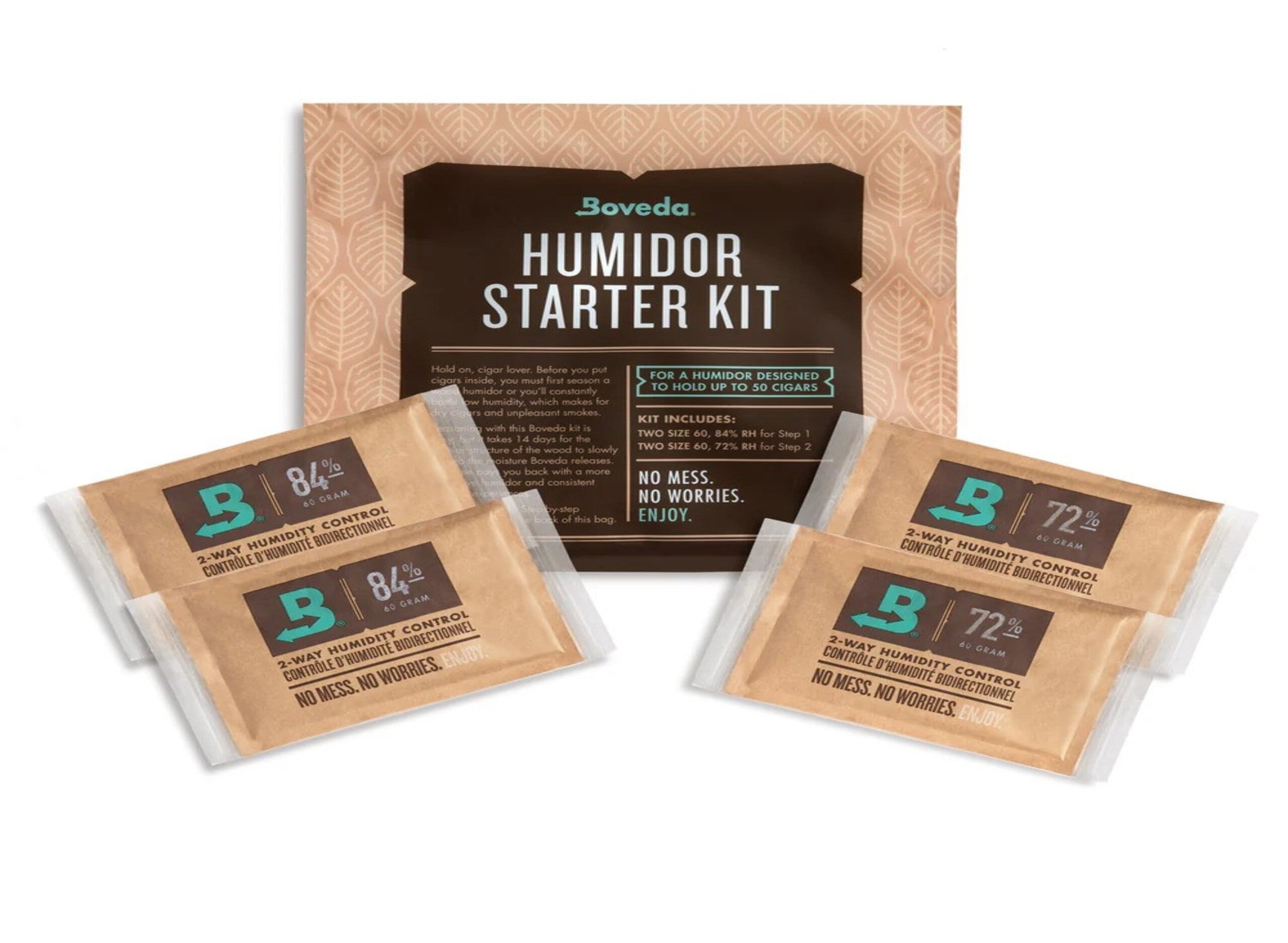Table of Contents
Does Strain Type Affect Ideal RH Level?
The relationship between cannabis strain types and ideal relative humidity (RH) levels is crucial for maintaining product quality. Different genetic profiles respond uniquely to humidity conditions, affecting everything from flavor retention to shelf life. Understanding these relationships helps producers and consumers alike optimize storage conditions for maximum potency and sensory experience.
Understanding RH Basics for Cannabis
Relative humidity measures the amount of moisture in the air compared to what the air can hold at that temperature. For cannabis, maintaining proper RH levels prevents two primary issues: mold growth from excessive moisture and terpene loss from over-drying.
The generally accepted RH range for cannabis storage falls between 58-65%, though this range can vary based on specific factors. According to long-term storage guidelines, maintaining consistent humidity is more important than achieving a precise number.
Strain-Specific Humidity Preferences
Indica Strains
Indica varieties typically have denser buds with higher resin content. These physical characteristics make them slightly more susceptible to mold issues in high-humidity environments. For indica strains, the ideal RH range tends toward the lower end of the spectrum, approximately 58-62%.
Dense indica flowers benefit from proper mold prevention strategies, especially in naturally humid climates where additional environmental controls may be necessary.
Sativa Strains
Sativa strains generally feature less dense bud structures with lower resin production compared to indicas. Their looser structure allows for better air circulation, reducing mold risk slightly. Sativas can often tolerate slightly higher humidity levels, with optimal RH ranging from 60-65%.
The more open structure of sativa flowers makes them somewhat more susceptible to over-drying, particularly in arid environments. Implementing strategies for preventing over-drying becomes especially important for these varieties.
Hybrid Strains
Hybrid strains exhibit characteristics from both parent types, making their ideal humidity requirements dependent on their specific genetic makeup. Indica-dominant hybrids generally follow indica guidelines, while sativa-dominant varieties align more with sativa recommendations.
Terpene Preservation Through Proper Humidity Control
Terpenes, the aromatic compounds responsible for cannabis flavor and aroma profiles, are highly volatile and sensitive to environmental conditions. Proper humidity levels play a crucial role in maintaining terpene profiles during storage.
Strains with complex terpene profiles or rare terpenes may benefit from more precise humidity control. For example, strains high in myrcene or limonene often preserve their aromatic qualities better when stored at 62% RH, while strains dominated by pinene or caryophyllene may maintain optimal profiles at slightly lower humidity levels.
Climate Considerations for RH Management
Local climate significantly impacts how you should approach humidity control for different strains. In naturally humid environments, lower target RH levels help prevent mold issues, while arid climates may require higher target humidity to prevent excessive drying.
Seasonal changes also affect optimal RH targets. During winter months when indoor heating creates drier conditions, higher RH targets may be necessary. Conversely, humid summer conditions might require lower RH targets, especially for dense indica strains.
Proper storage containers with appropriate humidity control solutions become essential for maintaining ideal conditions regardless of external climate factors.
Humidity Control Solutions for Different Strains
Several products can help maintain optimal RH levels for various cannabis strains. Two-way humidity control packs are particularly effective because they can both add and remove moisture as needed to maintain a specific RH level.
For indica and dense hybrid strains, humidity packs in the 58-62% range are often recommended to balance preservation with mold prevention. For sativa strains, 62-65% packs may provide better terpene retention without significantly increasing mold risk.
When comparing options like Integra vs. Boveda, consider factors beyond just the RH percentage. Product longevity, impact on flavor, and sustainability may all influence which solution works best for your specific strains.
For commercial operations, incorporating humidity control into packaging workflows is essential. Many producers are now inserting humidity packs during fulfillment to ensure products maintain optimal conditions throughout the supply chain.
Safety considerations are also important, particularly regarding child-resistant packaging. According to regulatory guidelines for consumer product safety, cannabis packaging must balance proper humidity control with protective measures that prevent accidental access by children.
Optimal Storage Practices for Maximum Potency
Beyond just selecting the right humidity level, several other factors contribute to preserving cannabis quality across different strain types:
- Use airtight containers that block UV light
- Store in cool locations away from heat sources
- Monitor humidity regularly using indicator cards
- Replace humidity packs according to manufacturer guidelines
- Avoid frequent opening of storage containers
For long-term storage exceeding three months, slightly lower RH levels (around 58-60%) may be preferable for all strain types to reduce the risk of mold development over extended periods.
Commercial producers should consider implementing inventory tracking systems that monitor both product age and humidity pack replacement schedules to maintain consistent quality.
By understanding the relationship between strain characteristics and ideal humidity levels, both consumers and producers can significantly extend product shelf life while preserving the unique sensory qualities that make each cannabis variety distinct.











Leave a comment
All comments are moderated before being published.
This site is protected by hCaptcha and the hCaptcha Privacy Policy and Terms of Service apply.